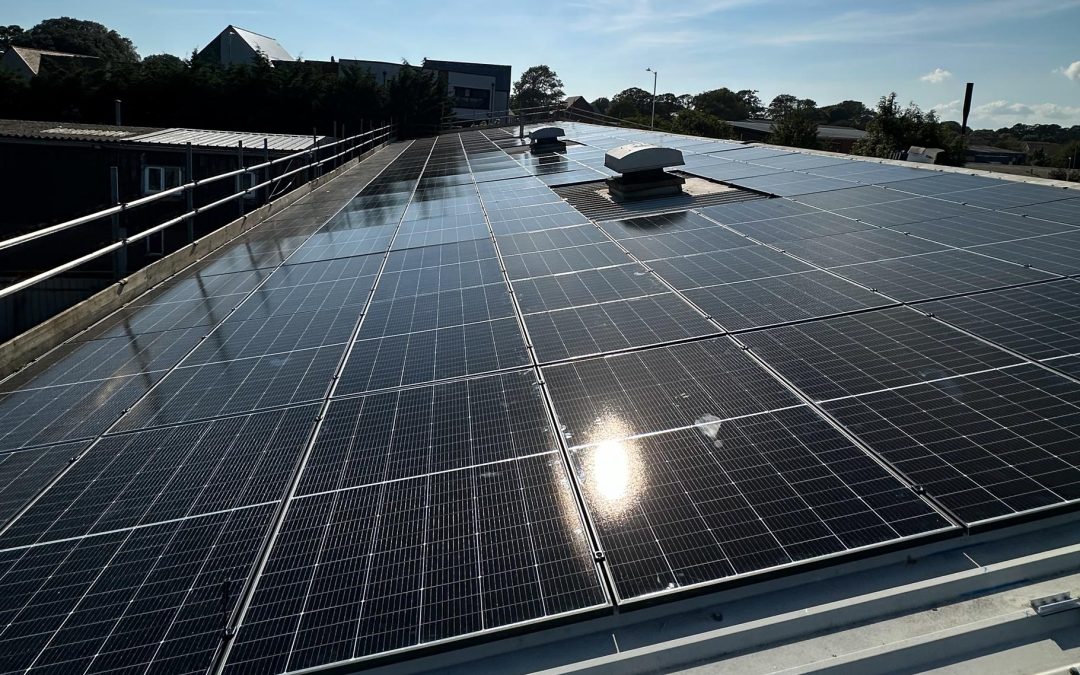There’s a quite a bit of science behind how solar panels help create energy for your home or business, but we’ve tried to keep it simple in this blog – but knowing how they work, may help you get the best out of your array!
Solar Photovoltaic (PV) panels are made from silicon, installed in a metal frame with a glass casing. When the silicon is exposed to sunlight (photons) it releases electrons and produces an electrical charge.The charge creates an electrical current, a direct current (DC), which is then converted into alternating current (AC) by the inverter. This AC current is then used within the property, when you plug something in – the solar generated energy replacing what would normally have been pulled from the grid.
Although full sunshine is best for producing energy, even on a cloudy day the solar PV array will produce some energy, although at a lower level. Even when temperatures are low during the winter, a solar array will provide energy on a bright/sunny day – although it is worth remembering, during the winter the days are shorter, so the generation amount is lower.
So, placing solar PV panels so they capture as much sun as possible is key to getting the best output/return on your investment – ideally an unshaded south-facing roof will provide the maximum performance, however an east or west facing roof can still provide a good output – we’d never suggest putting an array on a north facing roof, as there would be very little, if any, energy output. If you cannot use all of the solar energy as it is generated, then you can use a battery storage system to store the energy for use later in the day, when there is no solar energy being generated – see blog on “Which battery storage solution is right for me?”
If you have any questions about solar panels, drop us a message and we’d be pleased to help – email info@greenmansolar.com

